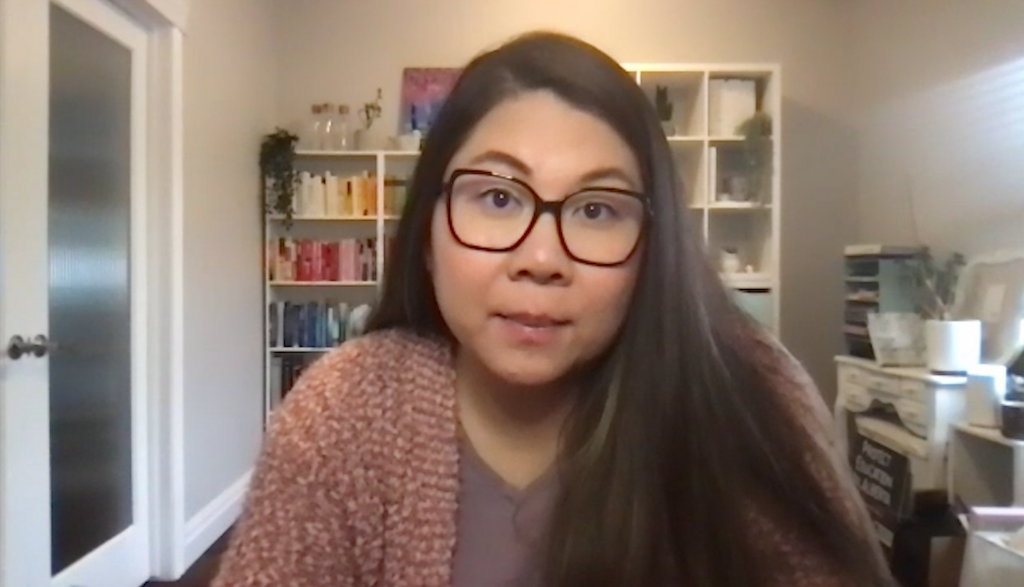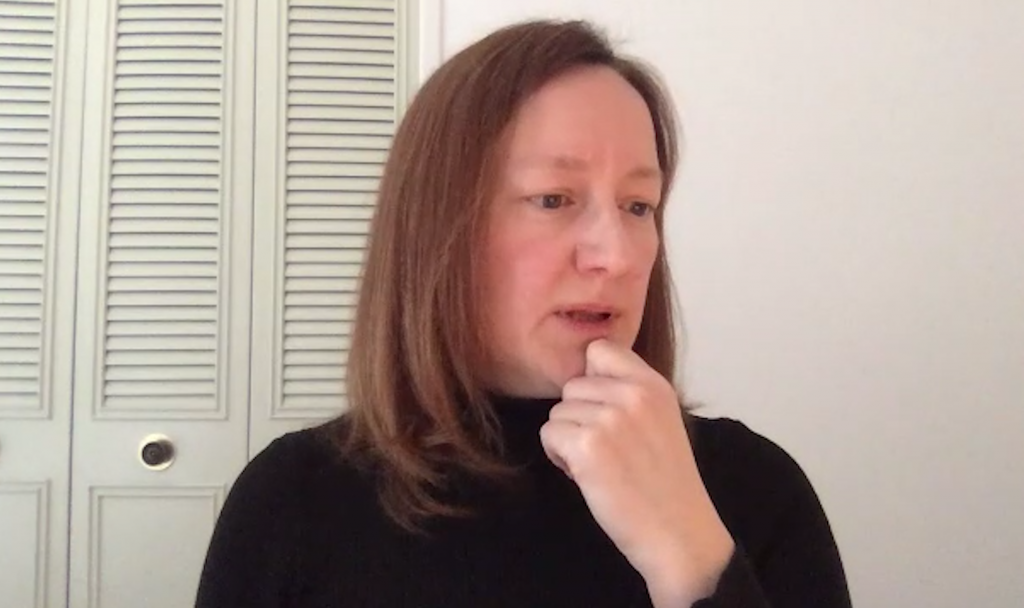Preventing COVID-19 in classrooms could take more than tracing cases, say experts
Posted Oct 8, 2021 7:42 am.
Last Updated Oct 9, 2021 5:01 pm.
CALGARY (CityNews) — New measures have already started coming into place in an attempt to protect classrooms in Alberta at the height of the fourth wave of the COVID-19 pandemic.
In a news conference Tuesday, Minister of Education Adriana LaGrange announced rapid testing kits would be made available to parents. She also confirmed the reintroduction of contact tracing COVID-19 cases in schools.
But contact tracing won’t be fully in place for weeks, and experts doubt if it will do much to stop some of the worst infection rates in kids the province has seen over the pandemic.
“We needed to see more planning and more thoughtful putting forward of protocols that prevent cases in the first place, so they don’t need to be traced, right?” said Dr. Wing Li, the director of communications for Support Our Students Alberta.
In the absence of contact tracing for classrooms coming from the Government of Alberta, Li and the mostly volunteer-led organization have been doing their best to keep parents up to date on cases in schools.
“We’re exhausted of doing this, we shouldn’t have had to do it, but the demand that fell on us was really overwhelming,” she said.
While the province is stepping up to take back some of that responsibility, Li doesn’t seem to feel much relief.

Dr. Wing Li is the Communications Director for Support Our Students Alberta, a group that has been tracing cases in classrooms over the past several months.
She says the new measures are reactive, aimed at keeping track of cases, instead of proactive policies that prevent kids from getting sick in the first place.
“We know, 18 months into a pandemic, that fomite or surface transmission is not significant,” said Li.
“We need to be doing more, because aerosol transmission is a thing.”
Both the World Health Organization and U.S. Centers for Disease Control and Prevention updated their resources at the beginning of May to reflect the significance of aerosol transmission.
“If you have a water-borne disease, you filter the water, right? The same with air. If it’s in the air we need to filter the air,” said Dr. Malgorzata Gasperowicz, a developmental biologist and researcher at the University of Calgary.
“We should not inhale the air we just exhaled — it’s the equivalent of drinking sewage water.”
Gasperowicz has spent the majority of the pandemic watching infection rates soar, and trying to warn the province before her models become reality.
But seeing COVID-19 rip through Alberta’s youngest population has been a particularly difficult experience for her, she explains.
“I know I’m emotional here, but I don’t understand why we don’t treat this seriously in kids. Why don’t we care about them?” she said, choking back a lump in her throat.

Dr. Malgorzata Gasperowicz is a developmental biologist and researcher at the University of Calgary who has been modelling the COVID-19 pandemic in Alberta.
She says introducing HEPA filters or air purifiers to classrooms would be a cheap and effective solution to help prevent transmission.
Education minister LaGrange spoke with CityNews earlier this week.
When asked about improving ventilation in classrooms, she pointed to funding provided to school divisions, which some boards used to upgrade their HVAC systems in 2020. She also noted growing reserve funds that school boards have been gathering.
“We’re well over $400 million in school board reserves, so I know they have access to those funds if they feel there are additional needs in that area,” LaGrange said Wednesday.
Li, who has worked closely with school boards throughout the pandemic, says they are being made responsible instead of the government stepping up.
“This is a province problem, because Alberta Education takes the lead from Alberta Health, all those rules trickle down, and school boards hands are tied if the province is not doing anything across the board,” said Li.
“They’re trustees and elected officials at the board level, but they’re not scientists, and the province has not actually done that work so that school boards can follow.”
The gaps in protection for classrooms have only been made more evident in recent days, with the province starting to provide a list of schools on outbreak or alert status, updated each weekday.
The first day it was released, more than 700 schools in the province were included.
Read more:
-
Alberta Health says 54 schools have COVID-19 outbreaks, hundreds more on alert
-
‘They continue to be safe’: Alberta education minister tries to ease COVID fears in schools
-
Contact tracing coming back to Alberta schools
Despite the hundreds of classrooms already dealing with COVID-19 cases, LaGrange insists that schools are safe.
“We have enhanced cleaning, we have respiratory etiquette, we have increased hand washing, we have students in grades 4-12 mandated to wear masks.”
But that’s what Li refers to as ‘hygiene theatre,’ which focuses on droplets instead of airborne transmission.
“A lot of it is frustration and anger, how are we still doing this 19 months in? We know how this virus works,” explained Li.
“We have rapid tests, we have contact tracing, we’ve done all of this, and opening too soon caused us to come here, so this time it’s a different frustration, this was entirely avoidable.”
Gasperowicz continues to monitor the infection rates among children in Alberta, which she says are at their worst since all of this began 19 months ago.
She struggles to find the right words, saying the reasoning for the province’s action, or what she sees as a lack thereof, is beyond her comprehension.
“We don’t really know long-term consequences, and especially long COVID, it’s really scary,” Gasperowicz noted.
“You don’t know what they will have in ten or 20 years from now — and they will have to live with that.”








